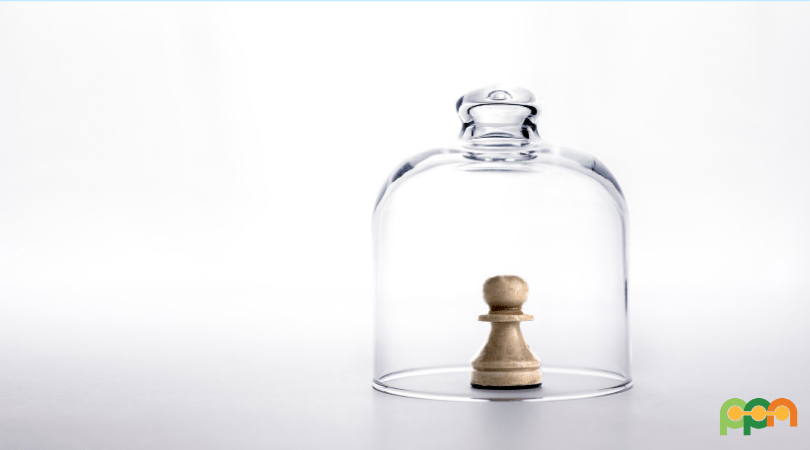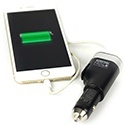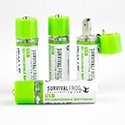An infection outbreak is a stressful time that often requires an emergency preparedness and response guide.
During a pandemic, people are forced to self-isolate to curb the spread of the disease and prevent new infections.
It is a critical aspect of mitigating the disease, and as such, everyone should do their part in containing the infection.
Self-isolation has two objectives.
- The first is to protect oneself.
- The second is to protect others.
Knowing how to behave and act when one is alone or when they are amongst other people is essential.
Therefore, you need to have a preparation checklist to develop the right attitude and reflexes when self-isolating.
Here is an emergency preparedness guide that should be second-nature during self-isolation:
No or limited contact.
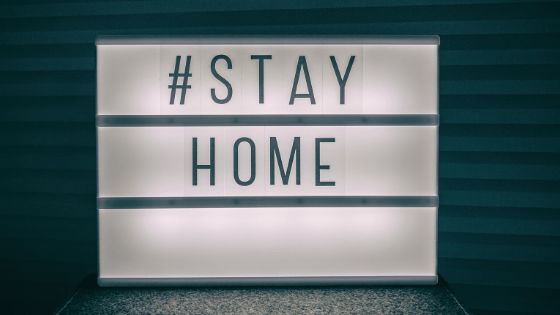
Whatever you do, it should be on the top of your mind to avoid contact or physical meetings with other people, infected or not. Avoid having visitors in your house. Do not visit other people.
Should you really need to go out, be sure to plan ahead. Make sure you take precautions to protect yourself and to protect other people.
Self-monitoring is key.
Monitor yourself regularly for any signs and symptoms of the disease. These signs can be early symptoms of the disease or symptoms of the infection worsening. Use a reliable source to educate yourself on the signs and symptoms to consider.
It is vital to protect yourself from infectious diseases so as to remain healthy.
Hygiene, and sanitation.
Practice personal hygiene using hand sanitizer, antibacterial soap, and alcohol when you are in self-isolation. Make sure to disinfect and do surface sanitation as well. Make it a point to disinfect all surfaces and points of frequent contact after each use, especially if you are living with other people.
Think of vulnerable individuals.
At high-risk groups include:
- elderly
- people with a low immune system and/or preexisting autoimmune disease
- people suffering from chronic and pre-existing conditions like diabetes, asthma, heart disease, etc.
Think of these people and avoid contact with them at all cause during your self-isolation, whether diagnosed with the infection or not.
Seek help when needed.
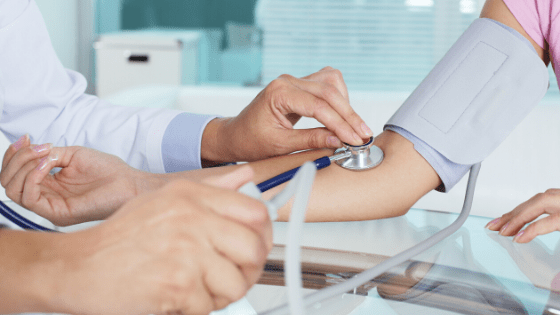
Make your first aid kit and thermometer come in handy. Nonetheless, do not hesitate to ask your healthcare provider for a guide if you have any problem or you are not sure about something.
Self-isolation does not mean you should figure things out on your own. If you develop a symptom before you decide to self-medicate, ask someone else with authority and knowledge for advice and confirmation.
Have an emergency response plan should you start feeling not normal.
Stay informed.
Make it a habit to always stay informed.
Follow news updates on the outbreak and go beyond by reading scientific articles related to the outbreak. The more you know about the disease, the better you will be equipped to help fight it.
One thing though, always ensure that your sources are reliable as lousy information is worse than no information.
Get fit.
When self-isolating, it is always tempting to laze yourself on the couch in front of the TV. While this may be fine for the first days, remember that self-isolation could last for a few weeks.
So, keeping fit physically will not only help your body but also your state of mind.
Have an improvised gym at home.
Do some stretching exercises or some light exercise. There are ample fitness programs available online with varying degrees of difficulty that you can have as a guide.
While it is essential to know the dos and don’ts of self-isolation, you should be too hard on yourself.
Remember to stay cool. Do not worry too much. If you’ve done all the emergency preparedness response needed, then you and your loved ones would be just fine.
Always keep a positive outlook especially during self-isolation so you won’t end up feeling depressed or lost.
